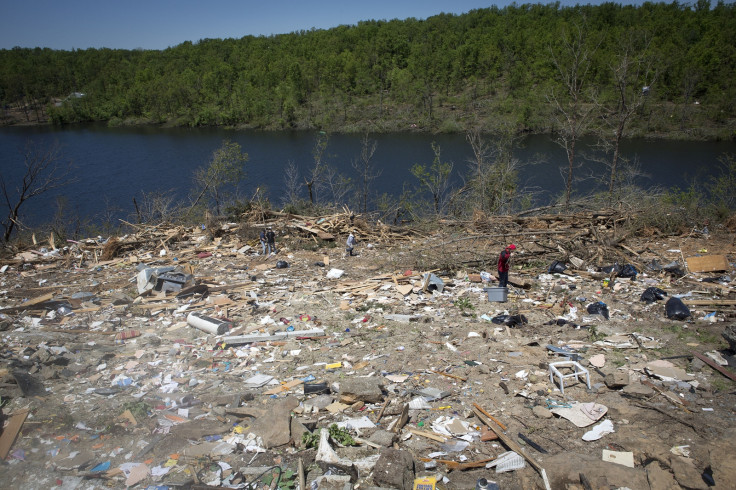Climate Change: IPCC Warns of Species Extinction and Food Insecurity Among Other Severe Impacts from Inaction

A draft of the Intergovernmental Panel on Climate Change (IPCC) Synthesis report warns of "severe, pervasive and irreversible impacts for people, species and 27 ecosystems," unless action is taken, and taken soon.
To keep the temperature from rising above the two degrees threshold, net global emissions of carbon must drop 40-70% by 2050, hitting zero by the end of the century.
This will mean limiting carbon dioxide levels in the atmosphere to 450 parts per million (ppm) by 2100, according to the report. At present it hovers around 400 ppm, writes Scientific American.
If however nations do not cut emissions further, warming could exceed 4 degree C and result in "severe, widespread, and irreversible" impacts. It would lead to "substantial species extinction, global and regional food insecurity, consequential constraints on common human activities, and limited potential for adaptation in some cases," the report states.
On a hopeful note, the IPCC report goes on to say that even a 1.5 degree C target would be possible if nations adopt mitigation and adaptation strategies before 2030.
The low targets would be possible if the world were to switch to renewable energy and adopt other measures.
The report by the IPCC assesses information from three scientific works it has released over the past 13 months.
These include documents on the latest climate science, the impacts to ecosystems and people, and options for reducing emissions.
The final report will be ready this week as scientists and delegates work together behind closed doors in Copenhagen.
While most nations agree on the clear and present danger in climate change, the conflict arises in discussions over who does what in terms of responsibility and mitigation.
A carbon budget that speaks of a total available emissions limit for the world at 2,900 gigatons has been challenged by both the US and India. The IPCC draft notes that two-thirds of the budget has been used up.
It also mentions that decarbonisation by reducing the carbon intensity of electricity generation is an important strategy to cut emissions. This has been a problem for developing nations like India and China which rely on coal as a primary energy source.
While it has been shown that a transition to renewable energy by 2050 is possible despite the costs involved, renewable energy hardly makes up more than 30% of installed power capacity at present.
The draft is yet another document being readied as governments prepare to meet in Lima, Peru, for annual UN negotiations toward securing an international climate agreement in Paris next year.
Global Warming
Greenhouse gases comprising largely of carbon dioxide, methane and water vapour, when released into the atmosphere trap heat and cause global warming.
Anthropogenic activities like burning fossil fuels for power generation and transport contribute most to the emissions of these gases.
China is at present the world's leading emitter of greenhouse gases followed by the US.
Global carbon emissions grew at the fastest rate for 30 years in 2013, according to the World Meteorological Organisation. Between 1990 and 2013, there has been a 34% increase in emissions.
The carbon dioxide content of the atmosphere now stands at 142% of what it was before the industrial revolution, with concentrations of the gas reaching 396 parts per million in 2013 and likely to cross the 400 ppm level by 2015.
© Copyright IBTimes 2025. All rights reserved.





















